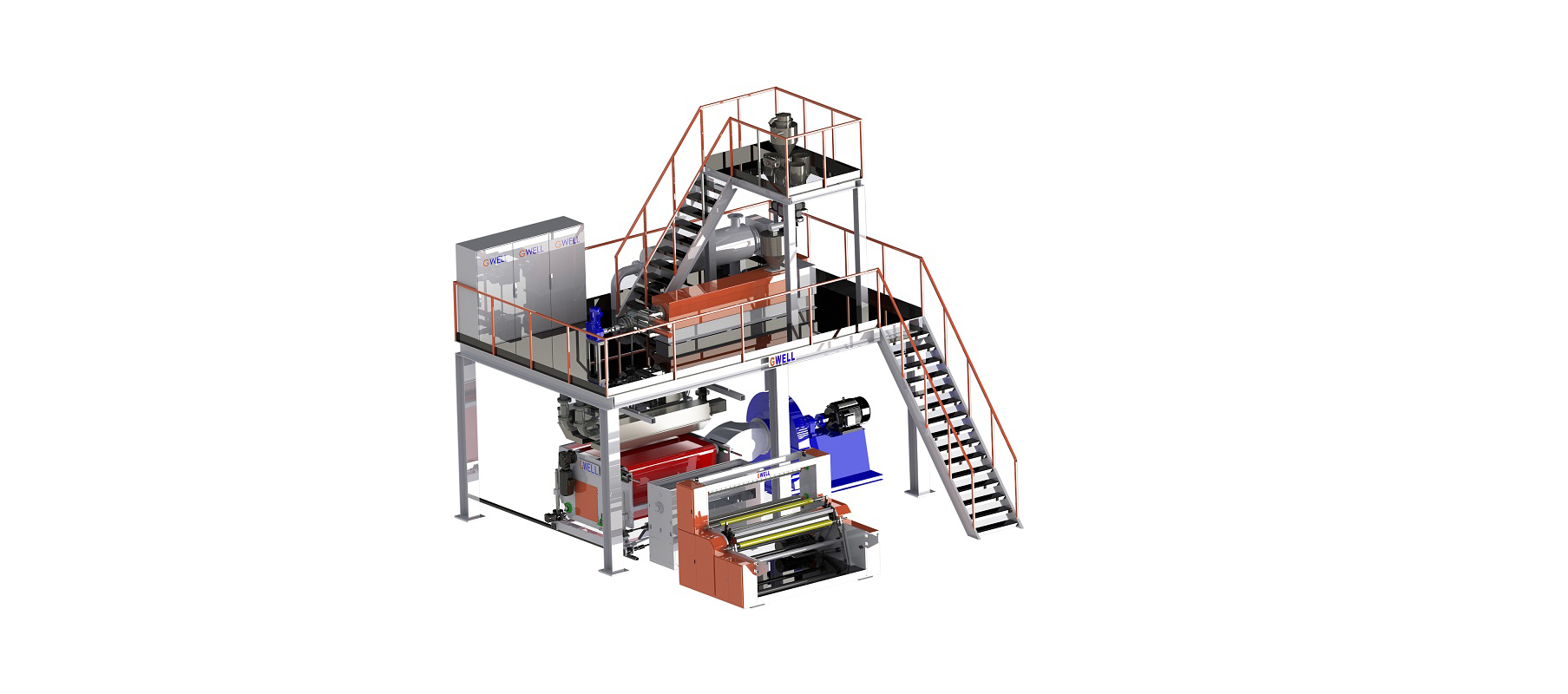Melt blown non-woven fabric is a rapidly developing type of non-woven fabric production, known abroad as the shortest polymer one-step production process. Its products have many obvious advantages such as high filtration efficiency, low resistance, softness, and the ability to self bond and bond networks. Therefore, they are widely used in various countries, mainly for medium and sub high efficiency filtration, including air filtration, acid broken liquid filtration, food hygiene filtration, industrial dust mask production, etc. In addition, they can also be used as medical and health products, industrial precision wipes, insulation materials, oil absorbing materials, battery separators, imitation leather fabrics, and so on. In many aspects, its performance is superior to similar products of traditional textiles. With the continuous development of post-processing technology, the application fields of melt blown non-woven fabrics will become more extensive.
With years of research and development experience, Jinweier Machinery Co., Ltd. can provide customers with melt blown production lines with various widths ranging from 800mm to 2400mm. The quality and energy consumption of the products are close to the advanced level of similar foreign products.
2、 Technical characteristics of Jinweier Machinery M melt blown non-woven fabric production line:
1. Adopting a special hanger style and gas pressure spinning die with independent intellectual property rights, the melt is evenly distributed.
2. The air nozzle has stable air pressure, symmetrical airflow on both sides, and uniform airflow in the width direction.
3. Easy adjustment of air gap width.
4. Adopting a specially designed hot air flow heating device, it has good heating efficiency and excellent heat exchange efficiency, with low energy consumption.
5. The receiving distance is adjustable, and the receiving forms (flat screen receiving and drum receiving) can be easily replaced.
6. Fiber fineness and uniform fabric surface.
7. The polarization treatment enhances the filtering effect of the meltblown fabric. There are two ways of polarization, one is electric polarization, and the other is water polarization.
3、 Technical parameters of Jinweier Machinery M melt blown non-woven fabric production line:
1. GW1600 (door width 1600mm) production line, technical parameters
Weight range: 10-80 grams per square meter. Design maximum speed: 100 meters per minute. Production capacity: 600 tons per year
2. GW2400 (door width 2400mm) production line, technical parameters
Weight range: 10-80 grams per square meter. Design maximum speed: 100 meters per minute. Production capacity: 1000 tons per year
3. GW3200 (door width 3200mm) production line, technical parameters
Weight range: 10-80 grams per square meter. Design maximum speed: 100 meters per minute. Production capacity: 1500 tons per year
4、 Five common application areas of melt blown non-woven fabric:
1. Application in the field of air purification: used in air purifiers as sub efficient and high-efficiency air filters, as well as for coarse and medium efficiency air filtration with high flow rates. It has the advantages of low resistance, high strength, excellent acid and alkali resistance, corrosion resistance, stable efficiency, long service life, and low price. There is no short fluff phenomenon of filter material falling off in the purified gas.
2. Application in the field of medical and health care: The dust-proof mouth made of meltblown fabric has low respiratory resistance, no stuffiness, and a dust-proof efficiency of up to 99%. It is widely used in workplaces such as hospitals, food processing, and mines that require dust-proof and antibacterial properties. After special treatment, the product is made into an anti-inflammatory and analgesic film with good breathability, no toxic side effects, and easy to use. SMS products combined with spunbond fabric are widely used in the production of surgical gowns, hats, and other hygiene products.
3. Liquid filtration materials and battery separators: Polypropylene meltblown fabric is used to filter acidic and alkaline liquids, oils, oils, etc. It has excellent performance and has been regarded as a good separator material in the battery industry at home and abroad, and has been widely used. It not only reduces battery costs and simplifies processes, but also greatly reduces the weight and volume of batteries.
4. Oil absorbing materials and industrial wiping cloths: Various oil absorbing materials made of polypropylene meltblown cloth can absorb 14-15 times their own weight, widely used in environmental protection engineering and oil-water separation engineering. In addition, they can be used as clean materials for oil and dust in industrial production. These applications fully utilize the characteristics of polypropylene itself and the adsorption properties of ultrafine fibers produced by melt spraying.
5. Thermal insulation material: The average diameter of melt blown ultrafine fibers is between 0.5 and 5 meters, with a large specific surface area, forming a large number of micro pores in the fabric and high porosity. This structure stores a large amount of air, which can effectively prevent heat loss and has excellent insulation properties. It is widely used in the production of clothing and various insulation materials. Such as making leather jackets, ski shirts, winter clothes, cotton village cloth, etc., it has the advantages of light weight, warmth, non moisture absorption, good breathability, and no mold or rot.
5、 N95/Medical/Civilian Mask Material M Meltblown Nonwoven Fabric Product Introduction:
Masks are made entirely of polypropylene (PP), and medical surgical masks generally have a multi-layer structure, commonly referred to as SMS structure, as shown in Figure 1 and Figure 2.
The S in the mask layer represents spunbond fibers, which have a relatively thick diameter of about 20 micrometers (nm). The two-layer spunbond fibers mainly support the entire non-woven fabric structure and have no significant effect on the barrier performance. The most important layer inside the mask is the barrier layer or meltblown layer (M). The fiber diameter of the meltblown layer is relatively thin, about 2 micrometers (M), so it is only one tenth of the diameter of the spunbond layer, which is crucial for preventing bacteria and blood from entering the spunbond layer.









